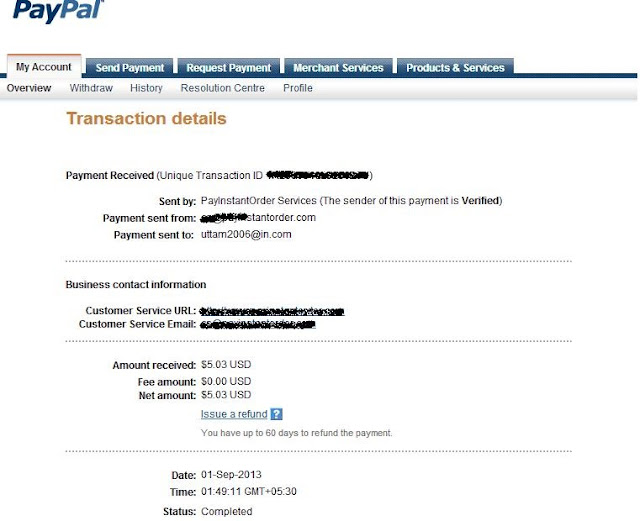Cholesterol Tests
Everyone should have their first screening test by age 35 for Men and age 45 for Women. Check Cholesterol test sometimes,
called a lipid
panel
or lipid profile. It measures all types of cholesterol in your
blood.
Total
cholesterol
ü Low density lipoprotein (LDL cholesterol)
ü High density lipoprotein (HDL cholesterol)
ü Triglycerides (another type of fat in your blood)
ü Very low density lipoprotein (VLDL cholesterol)
What are triglycerides?
Triglycerides are a type of fat (lipid) found in your blood.
When you eat, your body converts any calories it doesn't need to use right away
into triglycerides. The triglycerides are stored in your fat cells. Later,
hormones release triglycerides for energy between meals. If you regularly eat
more calories than you burn, particularly "easy" calories like
carbohydrates and fats, you may have high triglycerides (hypertriglyceridemia).
What's
considered Normal triglycerides?
The National Cholesterol Education
Program has set guidelines for triglyceride levels:
Interpretation
|
||
< 150
|
< 1.70
|
Normal range – Low risk
|
150 - 199
|
1.70 - 2.25
|
Borderline high – Medium risk
|
200 - 499
|
2.26 - 5.65
|
High – Some risk
|
500 or higher
|
> 5.65
|
Very High – High risk
|
These
levels are tested after fasting 9
to 12 hours. Triglyceride levels remain temporarily higher for a period after
eating.
Very-low-density
lipoprotein (VLDL) Cholesterol?
VLDL
is made up of 55-65% triglycerides, 10-15% cholesterol, 15-20% phospholipid,
and 5-10% protein. VLDL
(very low-density lipoprotein) cholesterol contains minimal protein and mainly
transports triglycerides. VLDL calculate
is 5% of triglycerides.
The
best way to lower your VLDL cholesterol
is to lower your triglycerides. Losing weight and exercising regularly are key
and you might also want to avoid sugary
food, eggs, red meet, and alcohol in particular.

